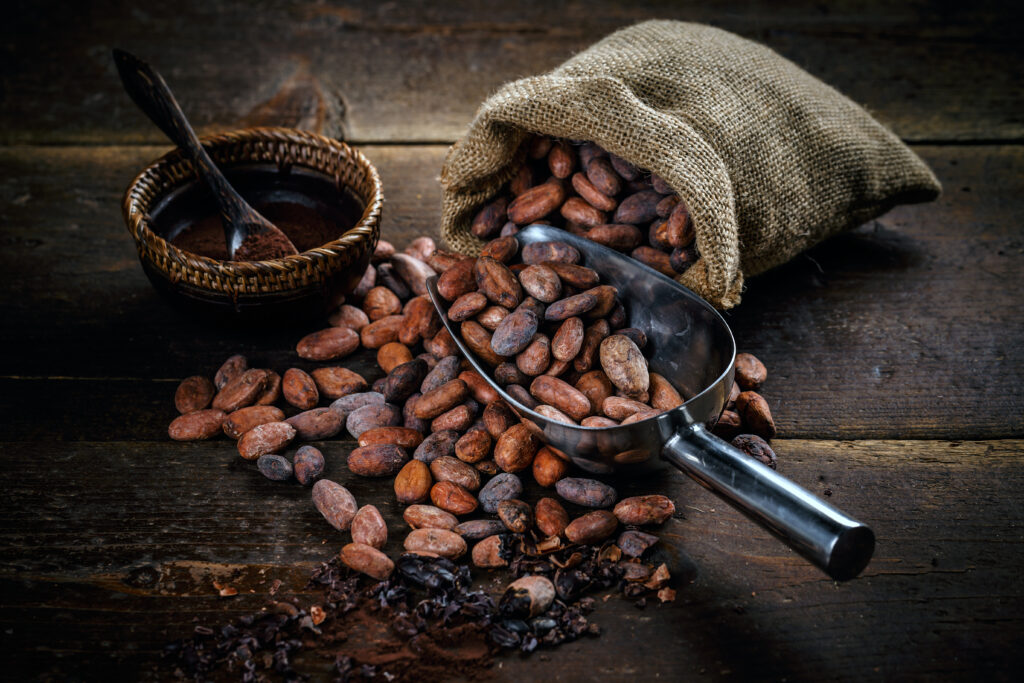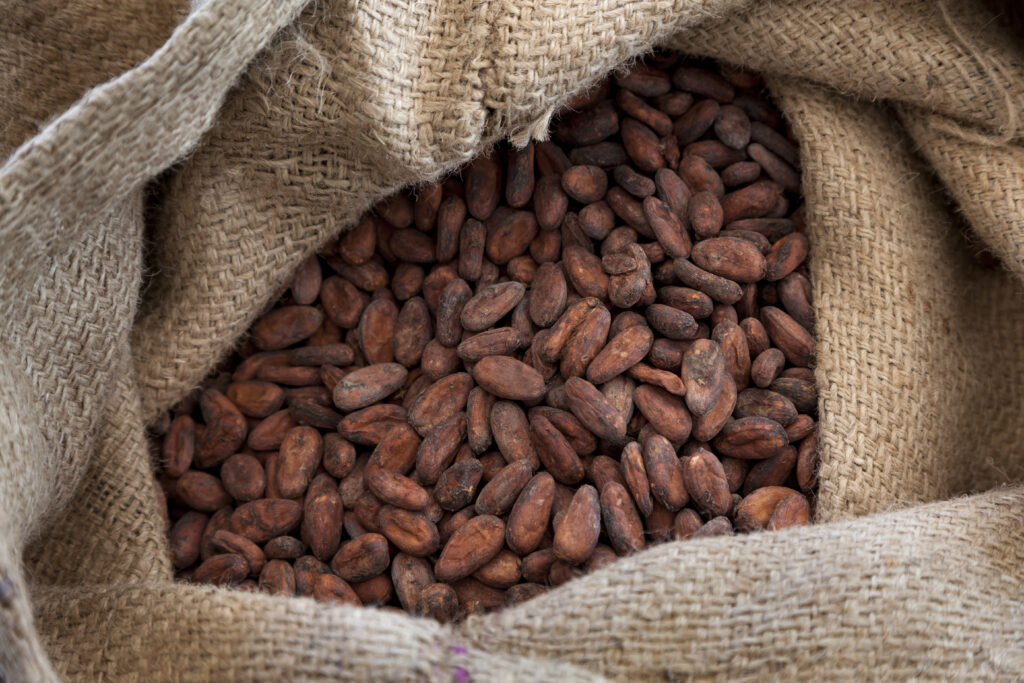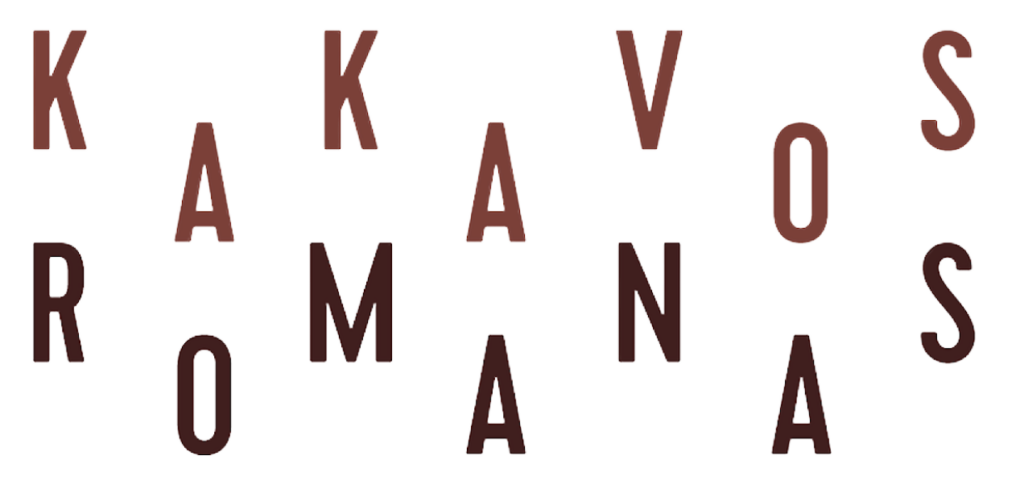What is common between Spain and cacao?
According to historical sources, Christopher Columbus was the first European to taste cacao. It is also said that Columbus brought cacao beans to Spain around 1504 on his fourth expedition. However, beans never became popular in Europe.
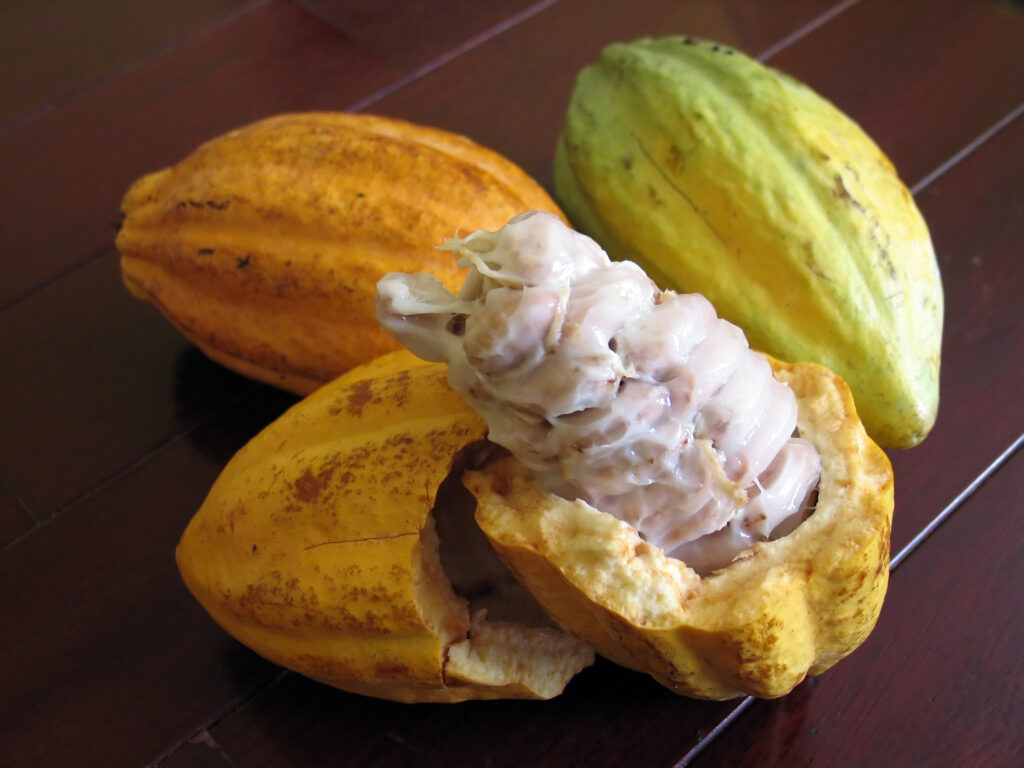
The first cacao beans were presented to King Charles V in 1528. From that date onwards, the Viceroys of the New Continent regularly sent shipments of chocolate, which had already been processed and only needed water to be added. However, there is an even earlier fact about cacao. In 1526, on his way to receive the King of Spain, the Governor-General of New Spain, Hernán Cortés, better known in history as the conqueror of Mexico, took with him a precious gift: a box of cacao beans. And from that moment on, a whole new era in the history of chocolate began. It was feverish at the Madrid court: all the nobles, all the local aristocracy, wanted only one luxury: the taste of cacao, which the Spaniards now call "xocolatl". And that drink was truly luxurious. A Spanish historian wrote: "Only a man of noble blood could afford chocolate, because he was the one who drank money". The chocolate craze swept across Europe only almost 100 years after its first appearance in Andalusian ports.
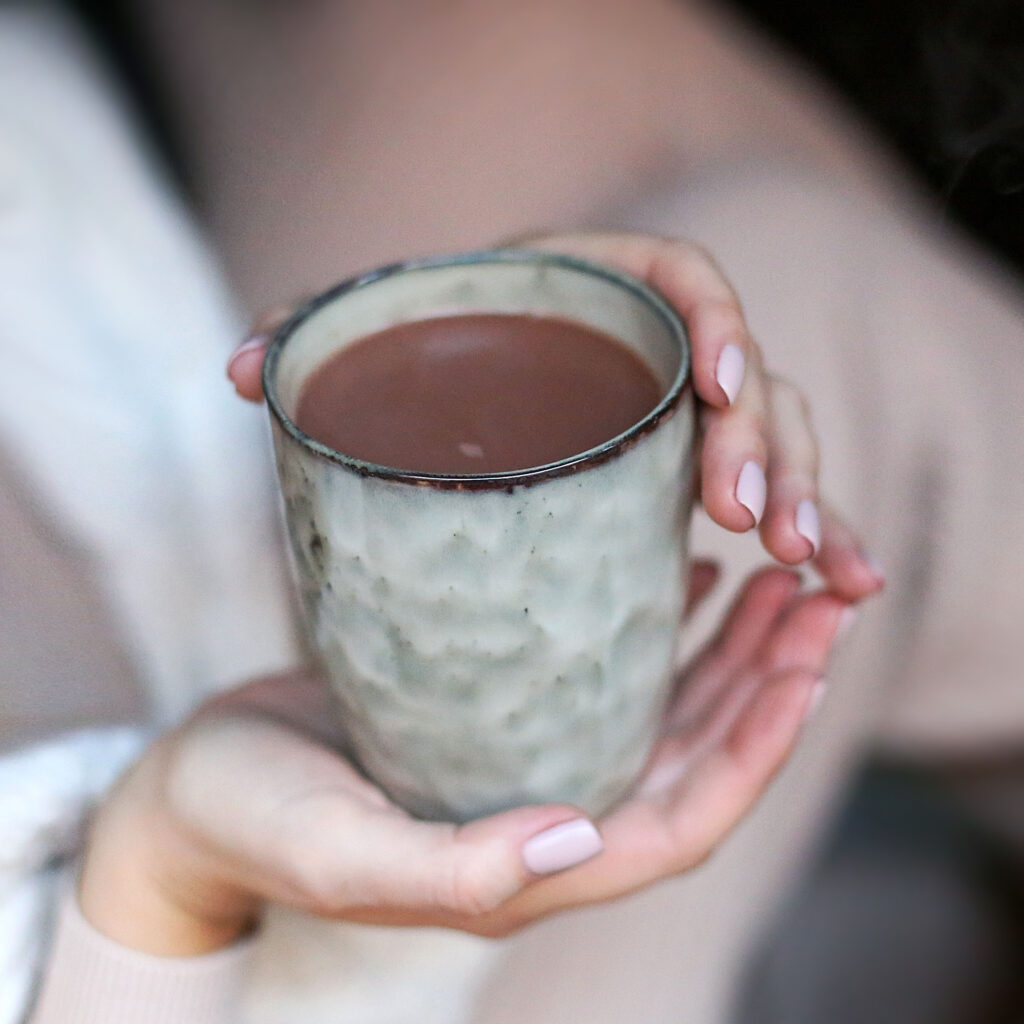
Today, cacao pulp is as scarce in Spain as in Lithuania. But if you visit a chocolate house or a dessert shop, you can see images of the cacao fruit in almost every one. The Spanish have countless cacao products, especially popular are the various chocolate 'jams' with fruit additives. By the way, while visiting Spain, „Kakavos Romanas“ met some lithuanians who live in Spain and produce cacao. We will write more about this soon, as we are currently waiting to taste their products!
